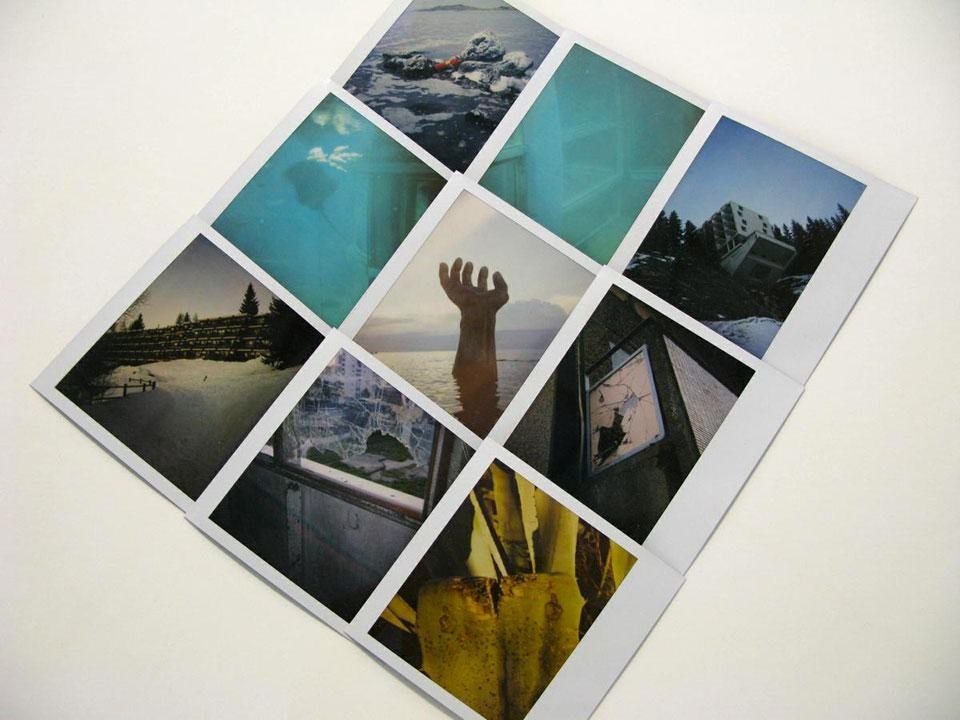Gaillard (b. 1980) moved to Berlin and applies a cynical irony to the Parisian exhibition that is immediately apparent in the stonework at its start. UR are the two letters engraved on a structure in two separate parts—black Tunisian marble and glass from the current demolition of the Forum des Halles. In the 1970s, the worksite and quarry were the set of a fine Marco Ferreri film, Don't Touch the White Woman!, that Gaillard appears to have forgotten, because the monumental and by no means innocuous appearance of the diptych plays on this concept of the return of the same destructive violence that lay behind the development of the urban fabric that, back then, did away with the city's most chaotic indoor market and also on how it represents itself to us today, echoing the heavy demolition work to reshape the city that has often taken on legendary dimensions—see both the great Haussmann works and cultural undertakings such as the Centre Pompidou.
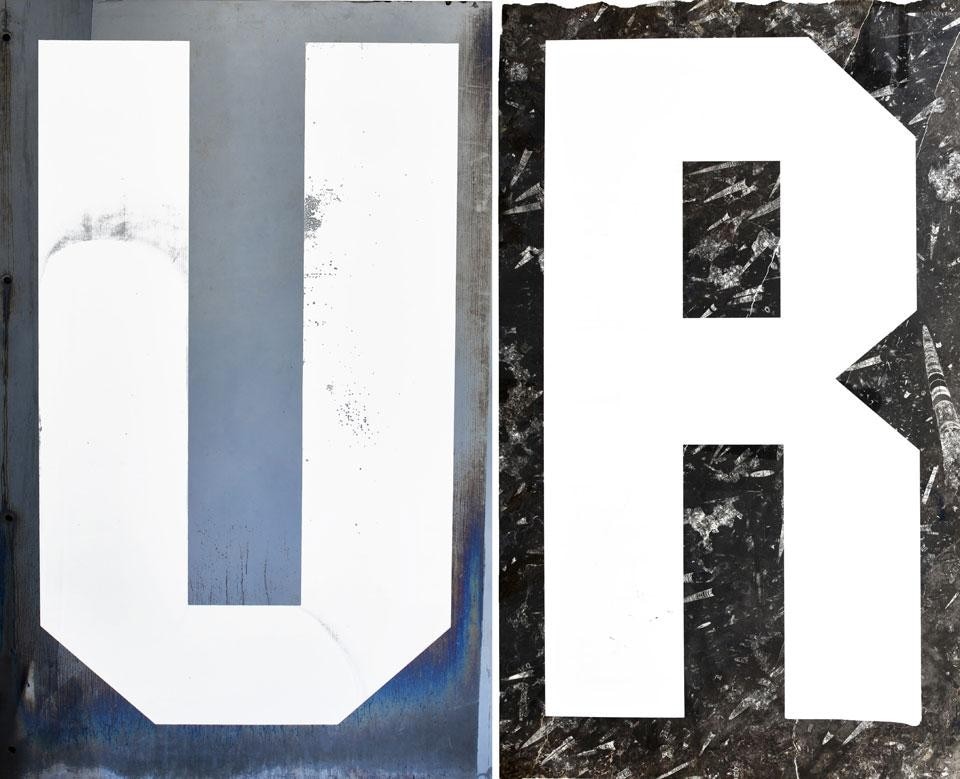
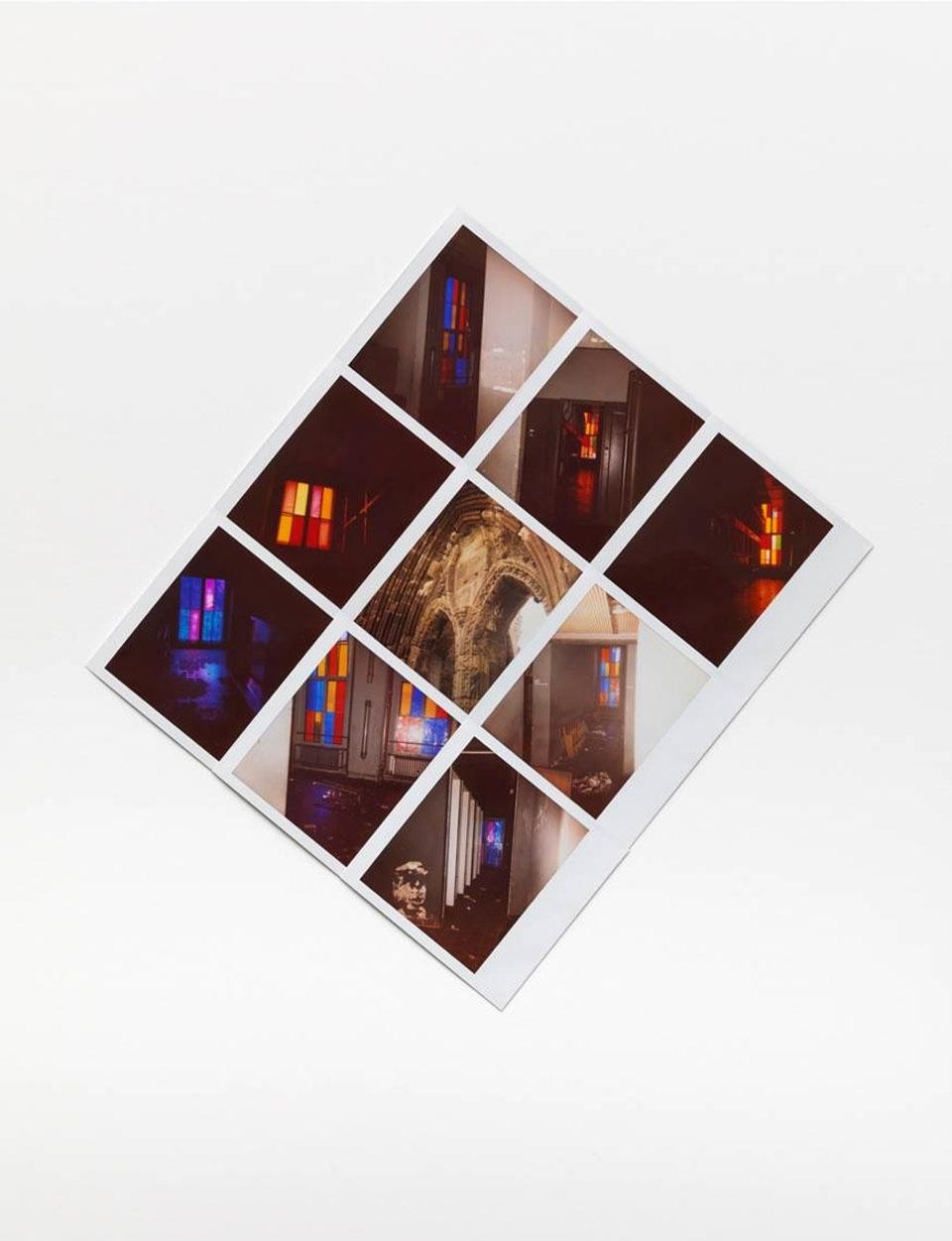
Describing himself as an artist of exteriors, he is both archivist and archaeologist, bringing beautiful things to those watching the chaotic spectacle of permanent violence that shapes contemporary life.
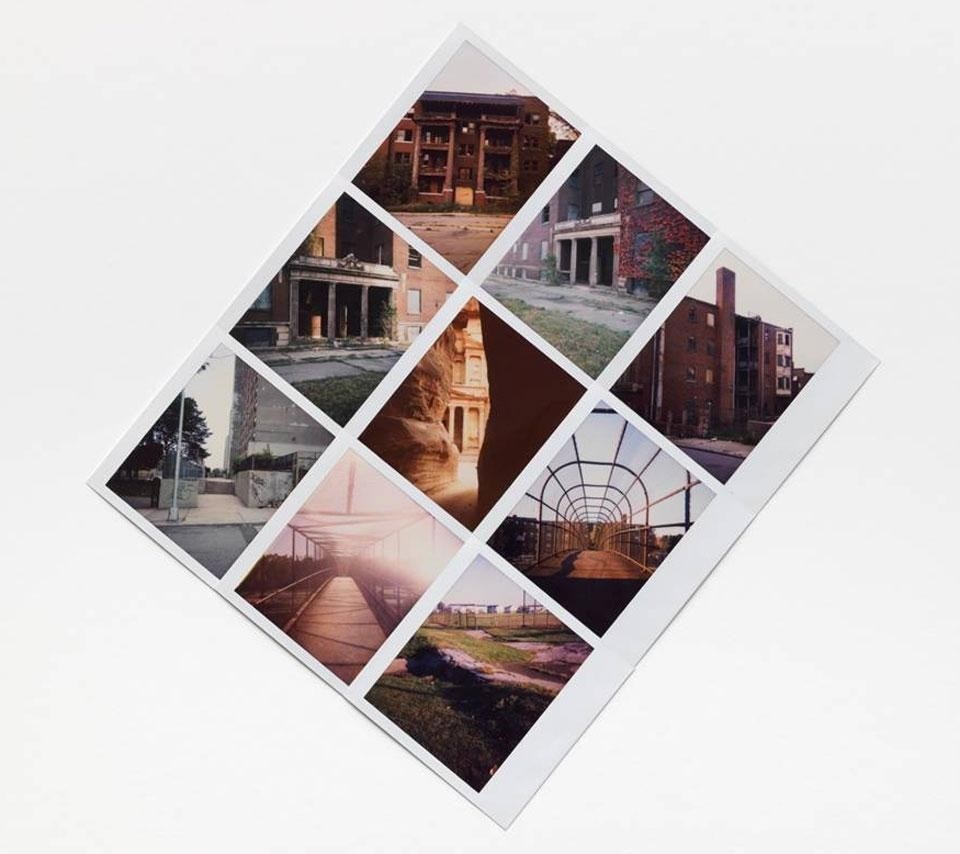
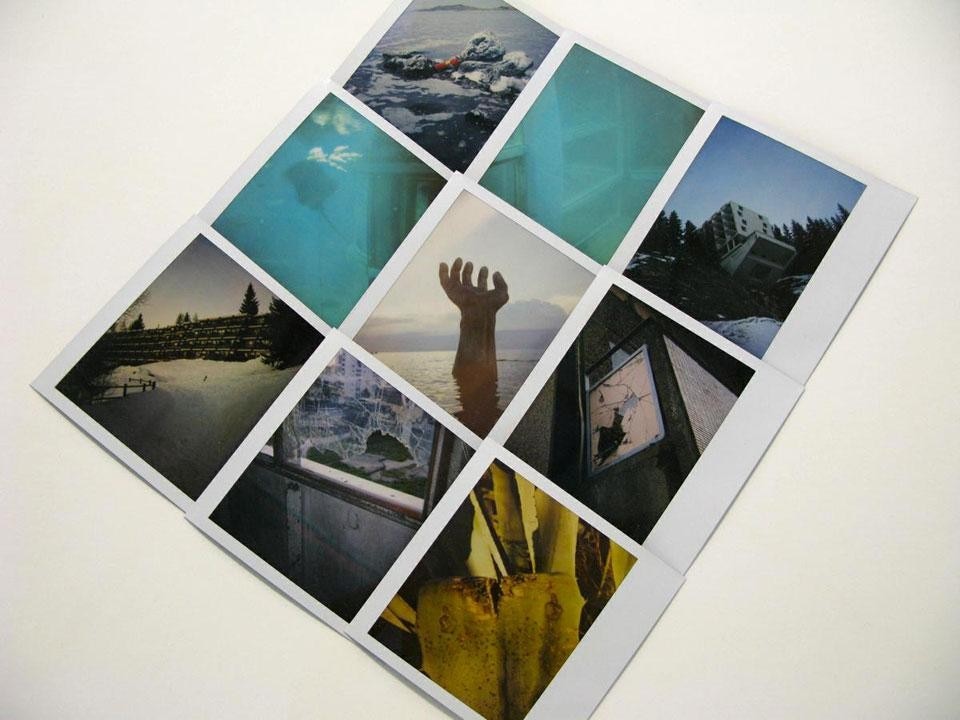
Ivo Bonacorsi
September 22nd 2011–January 9th 2012
Le Centre Georges Pompidou, Espace 315

